Hunting for History in Perth
Palaces, medieval castles, and a stone of national significance...
Hello, I’m Beth! I’m a full time creator based in the Cairngorms in love with Scotland and Scottish history. Subscribers receive weekly newsletters about Scotland’s history and folklore, and a little about my life living and adventuring in this country. If you’d like to support my work as a writer, you can become a paid subscriber.
Interested? Click subscribe…
Hello friends!
This week I’m so excited to tell you about my recent trip to Perth with my lovely friend Gabby (@scotlandmagic on Instagram + TikTok, she’s a gem!). We explored some incredible heritage sites while we were there and I’d love to share them with you: Huntingtower Castle, Perth Museum, Scone Palace, and Moot Hill.
Perth has got to be one of the most underrated locations in Scotland in terms of history. Many will pass by en route to the Highlands from the Central Belt of Scotland or heading east to Dundee and Angus, but this was once a place of significant importance in Scottish history. Did you know that it is an ancient capital of Scotland?
But what was so important about Perth, or St John’s Toun, as it was popularly known as during the medieval period?
Perth was a crucial trading hotspot, having been made a royal burgh by William the Lion in the 12th century. Its position on the River Tay, which leads out into the North Sea, meant that Perth became one of the wealthiest burghs in Scotland, trading with the Low Countries, northern European kingdoms, and France. Perth Museum, which recently opened in early 2024, has an absolutely brilliant collection of artefacts discovered in Perth from the early to late medieval period that are testament to this burgh’s significance in trade and guilds.
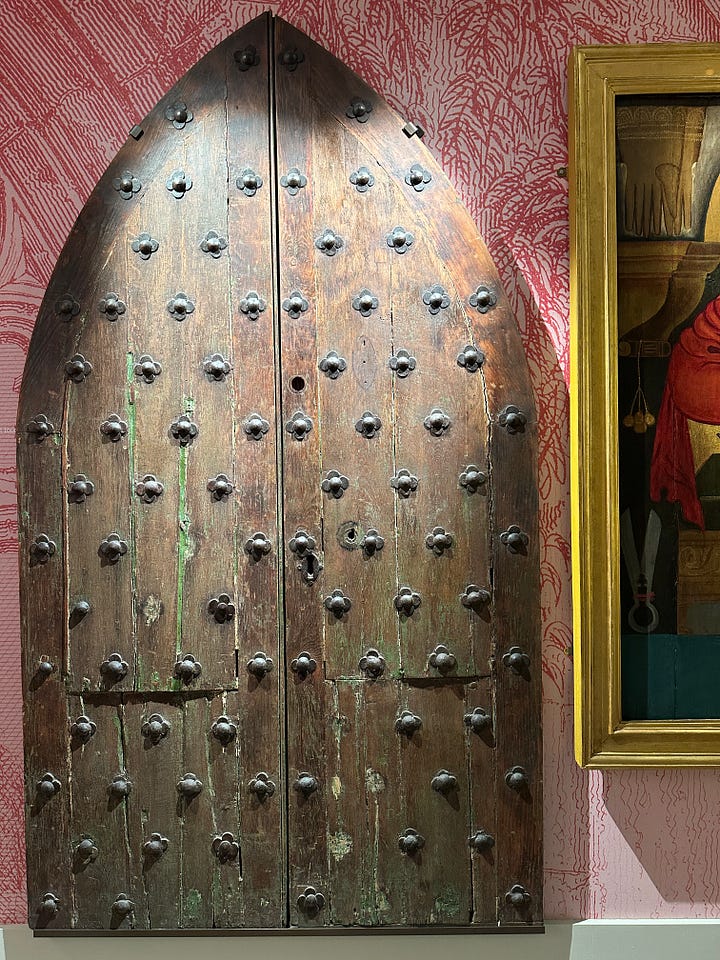
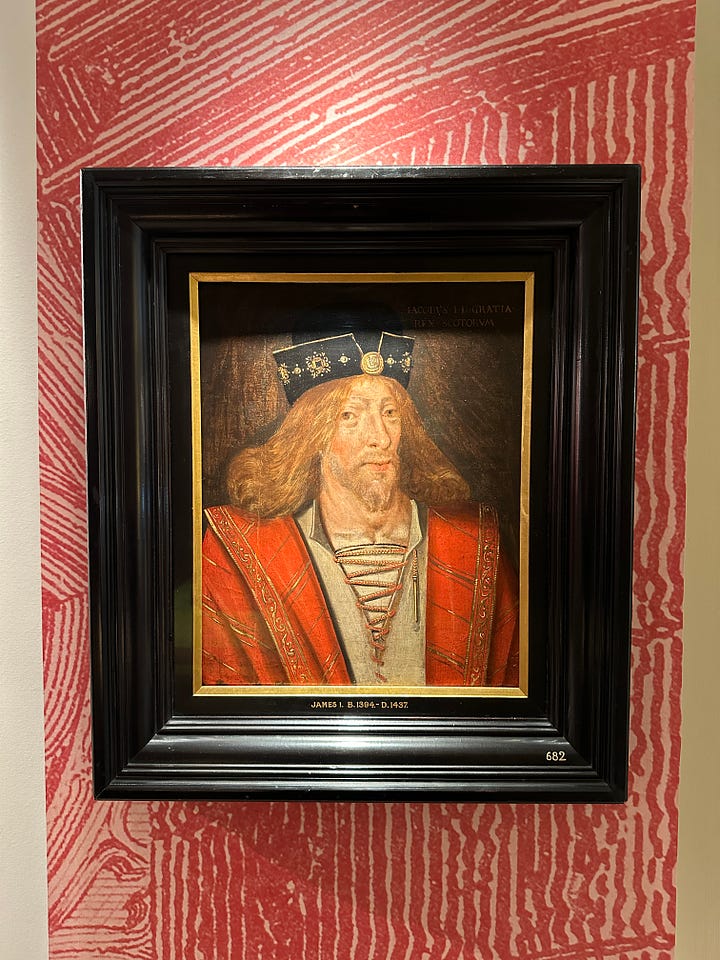

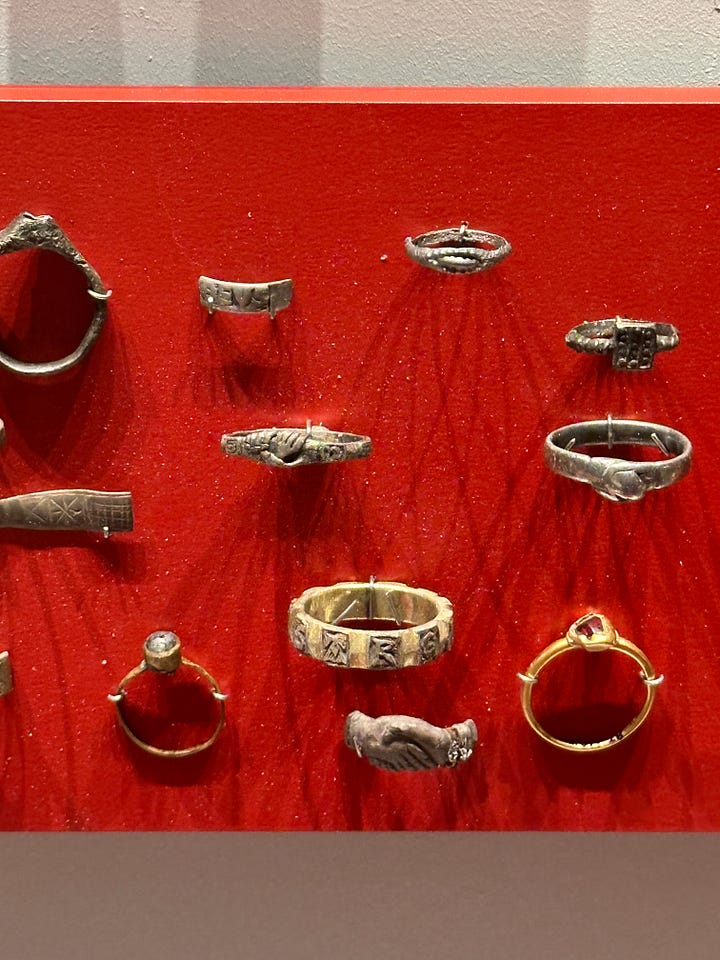
The River Tay was the lifeblood of Perth and the wider Perthshire region. As well as trade coming from the North Sea via the Tay, this river was a primary route for travel, trade, and communication further inland. At 119 miles long, the Tay is Scotland’s longest river and connects the Highlands to the North Sea, with its winding banks being particularly important as a historic route through Perthshire. The prominence of this river may be why Perthshire is such a historically rich region, and why places like Perth and Scone were of political and religious significance to the ancient Pictish people.


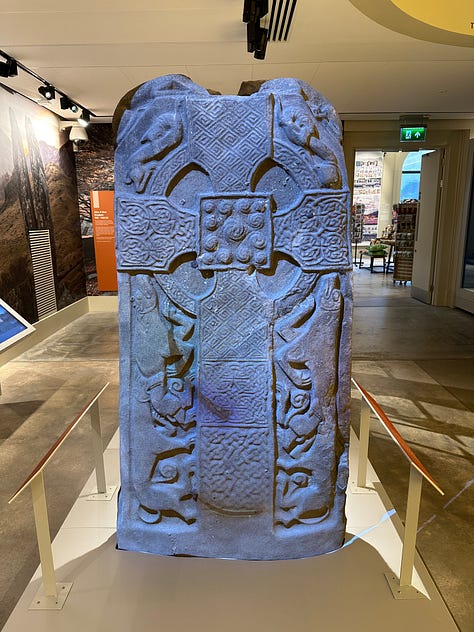
During my visit to Perth, I had the absolute joy of a 2-night stay in the Balvaird Suite at Scone Palace. Not only was this suite absolutely stunning, but this was an incredible experience for me to be living for a couple of days at one of the most important locations in Scottish history.
The Palace that you see today is the result of significant conversion works undertaken between 1802 to 1807 to transform the medieval remnants of Scone into a gothic-style palace. This was achieved under the Murrays, who have held Scone since c.1600 and were created Earls of Mansfield in the 18th century.
Moreover, Scone Palace was constructed in the grounds of of Scone Abbey, one of the most powerful religious institutions of medieval Scotland. Although the medieval abbey has vanished, due to several factors (Scottish Reformation, I’m looking at you), its importance is very much emphasised by the team who operate Scone Palace. This is a heritage site that has not forgotten its roots.
Despite the Palace’s beauty and the glory of its grounds, the highlight of this location for me is Moot Hill. Sitting directly opposite the Palace, Moot Hill was the inauguration site for Kings of Scots over the centuries. While the first known inauguration to take place at Moot Hill was that of the first King of Alba, Kenneth McAlpin, in 843, there is an argument that political ceremonies of power had been taking place here for much longer before that date.
Kenneth’s inauguration at Moot Hill also recorded a central ritualistic object in the ceremony: the Stone of Destiny. Also known as the Stone of Scone, the origins and symbolism of this block of sandstone are shrouded in mystery, but it was an essential part of the inauguration of new Kings of Scots. The significance of the Stone to Scottish sovereignty is proven by its theft in 1296 by Edward I of England, who had declared Plantagenet kings as overlords of Scotland. Edward even saw to the construction of a new coronation chair with room for the Stone to be slotted underneath the main seat, to symbolise that Scotland was a subservient vassal of the Kingdom of England. This practice continued through the centuries by English and later British monarchs, most recently controversially occurring at the coronation of King Charles III.
The Stone of Destiny is currently held by Perth Museum, featured in a fantastic immersive exhibition about the Stone and its history. There was something quite surreal about seeing the Stone in person at the museum and then returning to Scone Palace for the night. In the quiet grounds at twilight, I stopped for a moment to think about all of the history-changing events that occurred at Moot Hill, only a stone’s throw (pun not intended) from my accommodation for the night. It is a very special and atmospheric place.

After our stay at Scone Palace, we drove for 10 minutes outside of Perth to visit Huntingtower Castle. Once known as Ruthven Castle, the medieval origins of the castle are a bit obscure (I see online that it has been attributed to Alexander Stewart, better known as the Wolf of Badenoch, but I’ve yet to see firm evidence of that) before it fell into the hands of the Ruthvens during the 1400s.
Huntingtower looks like a single tower house today, but this quite unique building was actually two separate tower houses with a number of external buildings in the grounds, including a hall block. In the 1600s, after the castle had been granted to the Murrays who capitalised on the fall of the Ruthvens from power, work began to join the two towers into one singular building. Beautifully ornate gardens were cultivated in the grounds, transforming the medieval towers into a grand country mansion that was more fashionable for the period.
There are some absolutely fantastic stories from Huntingtower’s history, including romance, ghosts, and plots against the king. I’ll save those for another dedicated newsletter. This is a brilliant castle to visit, and definitely one to keep in mind if you find yourself in Perth or even passing by on the A9.

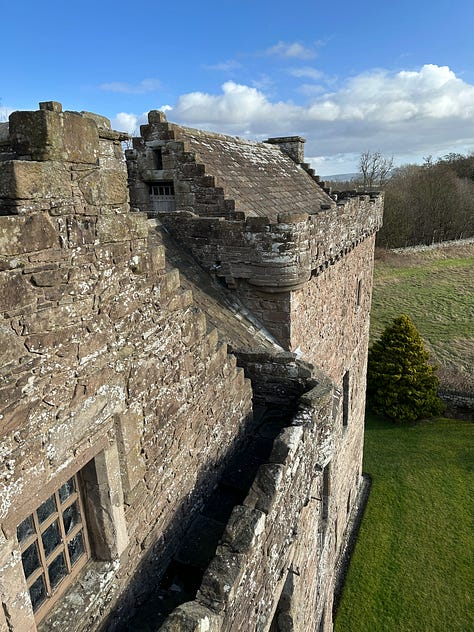
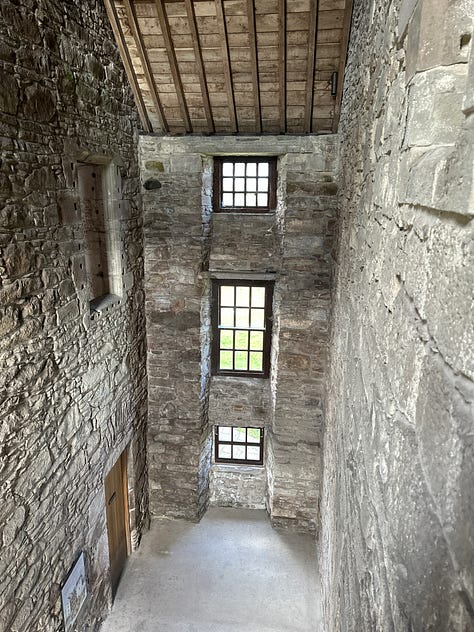



I hope you’ve enjoyed joining me on my history-hunting adventure to Perth! I have more newsletters planned that will go into more detail about the places I visited, especially Huntingtower Castle and Moot Hill, so keep an eye out for those.
Thank you again for being here—enjoy the rest of your weekend!
Until next time,
Beth xx





The Wolf of Badenoch link is a mistake due to the original name Ruthven Castle. This (Huntingtower) Ruthven Castle was owned by the Ruthven family before, during and after the Earl of Buchan's lifetime. The other Ruthven Castle (now Ruthven Barracks) became a seat of the Wolf of Badenoch when he was given the lordship of Badenoch. Some sources have conflated the two and written that Huntingtower was owned by the Wolf of Badenoch.
I wrote an in-depth history of Huntingtower a few years ago:
https://www.stravaiging.com/history/castle/huntingtower-castle/
So interesting Beth and the timing!! In Perth now for 24 hours and already enjoy the riverside walks and reading of the medieval history. Thanks for setting some great context! Walking around I can see how the city has evolved but some wonderful architecture and historical nuggets!